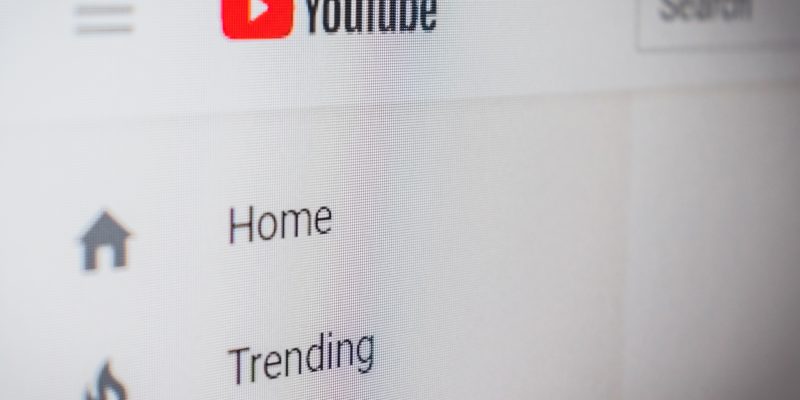The takeaways
- YouTube is responding to declining ad revenues for creators with tools enabling them to better understand their audiences.
- YouTube viewership is up as ad sales decline.
- One in four media buyers and brands suspended all Q1 and 2 advertising, with a further 46% cutting spending, according to the Interactive Advertising Bureau.
What happened?
Following reports that YouTube advertising rates fell almost 50% since early February, the company is introducing a new performance tracker. “RPM” (‘Revenue Per Mille’) is an analytics tool, allowing creators to track earnings per 1,000 views of their videos. The release also aims to clarify revenue performance rather than rely on estimated stats.
A OneZero report quotes research from the Interactive Advertising Bureau. In it, the IAB suggests that one in four media buyers and brands have suspended all Q1 and 2 advertising, with a further 46% adjusting their spending downwards. In other words, the coronavirus pandemic, ad pauses and potential recessions have hit monetization hard.
Alongside product launches, YouTube has been working on new ways for creators to gain and use data insights. The platform already offers CPM (Cost Per Mille) data, which aggregates spending on YouTube clip ads, and other engagement and retention metrics. Also released is an integrated channel performance chart in Creator Studio which collates subscriber count, watch time and revenue performance in one display. OneZero also reported declines of 30% – 50% CPM for most YouTube creators.
More insights, more performance
The new tools make things clearer for creators, who have complained about their YouTube revenue data lacking transparency. Naturally, it is in YouTube’s best interests to retain creators and address falls in revenue. The new tools also address the confusion over data points, allowing creators to hone in on their audiences’ behaviors and interests.
YouTube’s video ads drove almost 1 billion conversions in the past year alone, further incentivizing investments in its ad ecosystem. The company’s potential remains strong, but a lot of that was realized early on by vloggers and influencers. Giving them better tools to monetize their audiences in a financially uncertain time could very well pay off.
See also: YouTube launches immersive content for display ads.









